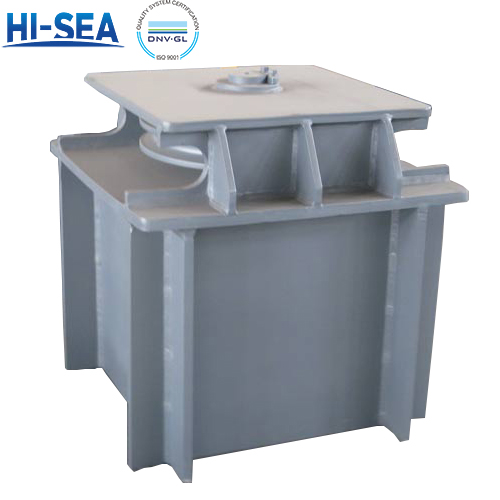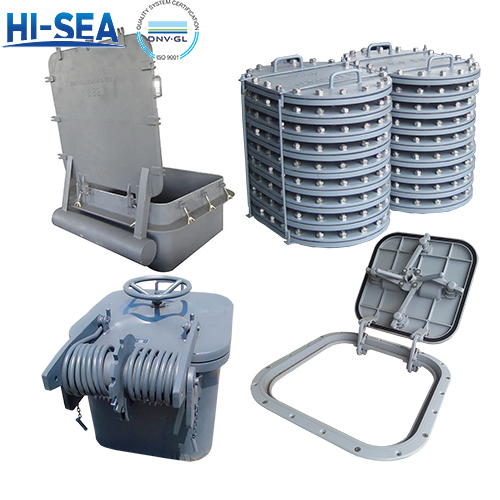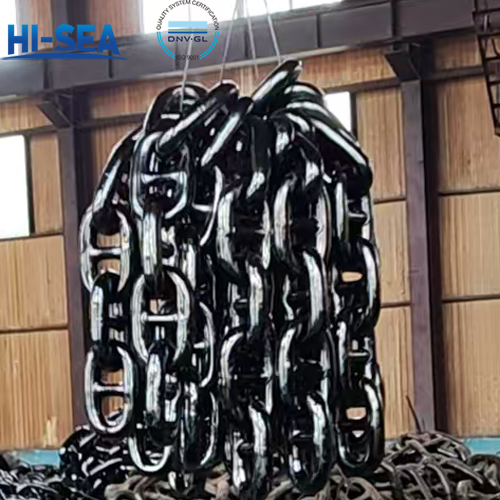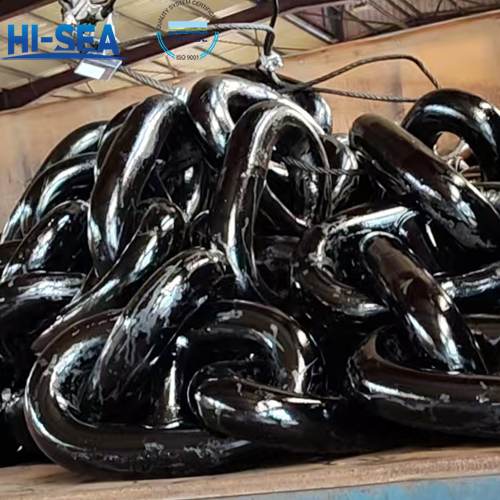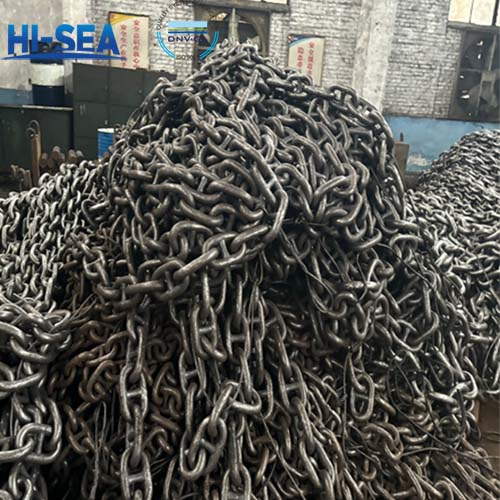
What is Marine Hatch Cover
Marine hatch cover is a general term for the cover that closes various hatches. According to the tightness requirements, the general water-tight hatchcover, oil-tight hatchcover and non-tight hatchcover. The main function of the hatch cover is to ensure that waves and rain do not invade the cargo hold, and some hatch covers also bear the weight of the cargo on the deck.
Overview
Brief introduction
Marine hatch cover is a general term for the cover and its opening and closing device used to close various hatches on ships. The main function of the hatch cover is to ensure that waves and rain do not invade the cargo hold, and some hatch covers also bear the weight of the cargo on the deck.
According to the size of the hatch, it is divided into a large hatch cover and a small hatch cover. The former is used for loading bulk dry goods, materials or vehicles on the cargo hold, also known as the cargo hold cover; the latter is used in cargo holds for liquid cargo, refrigerated cargo, etc. As well as personnel access hatches and manholes. According to the hatch cover material and type, there are whole wooden or metal hatch covers, wooden assembled hatch covers, assembled hatch covers composed of box or corrugated section plates made of metal or glass steel, etc. Small hatch covers are generally opened and closed by manpower, and large hatch covers must be opened and closed by mechanical devices driven by electricity or hydraulic force. According to the transmission mode, it can be divided into rolling type hatch cover, rollover type includes vertical type, oblique type and nested type, rolling type includes side displacement type, cascading type, rolling type, hinged type includes hinge type, folding type, etc. According to the density, there are watertight, oil tight, air tight and non-tight hatch cover, etc. According to the different density requirements, the hatch cover plate and adjacent parts are equipped with layering strips. Sealing device or sealing device composed of packing, washer, compactor, etc.
Classification
According to the size of the hatch, it is divided into large hatch cover and small hatch cover. The former is used for loading bulk dry goods, materials or vehicles on the cargo hold, also known as the cargo hold cover; The latter is used in cargo holds for liquid cargo, refrigerated cargo, etc., as well as on personnel exit hatches and manholes.
Marine cargo hatch cover
Cargo cover is also called large hatch cover. Hatch cover set on the cargo hold. Its closed hatch size is large. It is usually composed of a number of hatchcover plates, equipped with a special hatch sealing device. It is the main closing equipment on the cargo ship, which requires reliable structure, rapid opening and closing, convenient operation and maintenance, and small collection space. The design should be selected according to the characteristics of the ship, the use of requirements, the type of cargo, the way of cargo and the characteristics of hatch layout and dock facilities. Its hatchcover panels are generally made of metal or wood. According to the type of hatchcover and its opening and closing method, there are two types of assembled hatchcover and mechanical hatchcover. The assembled hatchcover is a traditional type of cargo hold cover, and the hatchcovers on cargo ships before the 1950s are of this type. In order to shorten the opening and closing time of hatches and improve the efficiency of loading and unloading, modern ships strive to improve the degree of mechanization of cargo covers, and gradually develop from manually moved wooden hatches to single-pull rolling hatches pulled by steel cables, folding hinged hatches and various mechanical hatches opened and closed by hydraulic devices. In recent years, some hatchcovers have been developed on RO-ro ships that double as internal ramp ramp in cargo passage equipment and lifting hatchcovers that double as cargo lifting platforms. According to the location and functional requirements, it can be divided into open deck hatchcover and middle deck hatchcover. The former must have a certain density in addition to resisting wave impact and preventing rain from soaking into the cabin, and some still need to withstand deck cargo loads such as containers and wood, but also have sufficient strength; The latter generally has no density requirements, but it must bear the weight of cargo and handling vehicles between decks, and needs to be flush with the deck for loading and unloading operations.
The watertightness of the hatch is mainly achieved by the equipment of the cargo hold cover. The level of automation of the cargo hold cover directly affects the efficiency of cargo handling. In order to shorten the opening and closing time of the cargo hold cover and reduce the labor intensity of the crew, modern ships have increasingly high requirements for the degree of automation of the hatch cover. At present, there are three main types of cargo cover used by ships: rolling folding and lifting.
According to the hatch cover manufacturing materials can be divided into steel, aluminum, glass steel and wood four kinds. Merchant ships generally use steel cargo cover, which has the characteristics of high strength and strong impact resistance. Aluminum and fiberglass cargo hold covers have the advantages of light weight and corrosion resistance, but aluminum cargo hold covers are expensive and complex manufacturing process, and the steel of fiberglass cargo hold covers is poor and easy to age and erode, so they are only used in some small ships. The wooden cargo hold cover has the characteristics of low cost, simple manufacture and light weight, but the operation needs to be lifted one by one, the labor intensity is very large and time-consuming, and now such cargo hold covers are rarely used.
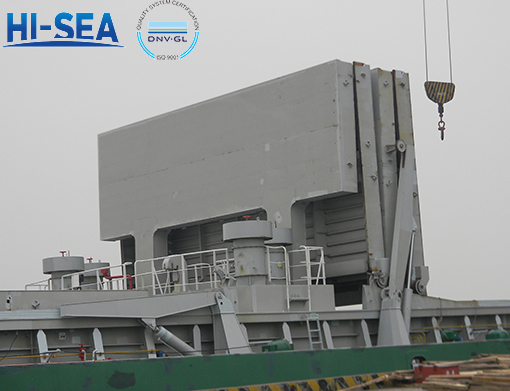
Small hatch cover
The small hatch cover is mainly composed of a coaming plate, cover plate, hinge, clamping device, stopper, lock, handle and seal. In order to reduce the opening force of the cover plate, the larger small hatch cover is also provided with a balance block or spring hinge. The coaming plate and cover plate are made of carbon steel for class A hull structure, the hinge plate, stopper, lock and handle are ordinary carbon steel, some parts of the hinge and clamping device, such as the clip bolt, latch, pin and other materials are stainless steel or carbon steel, the wing nut, bushing and pulley materials are brass, the double-twist spring material is spring steel, and the sealing material is generally aging resistant rubber. Oil tight seal material shall be oil resistant rubber.
